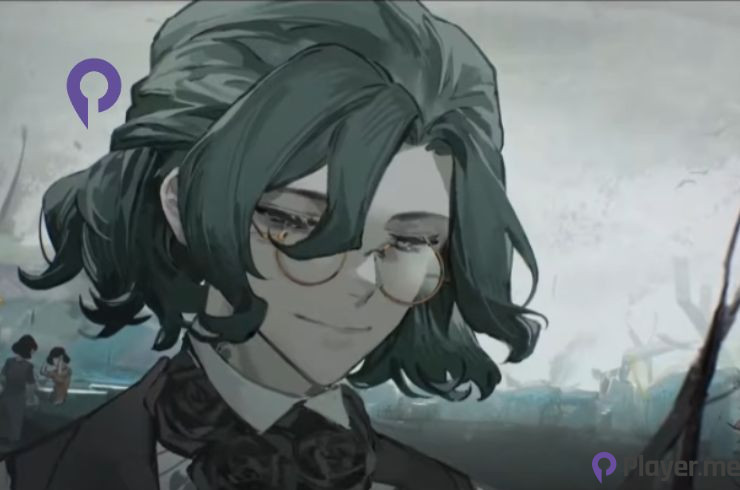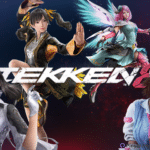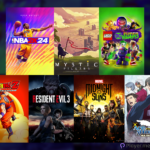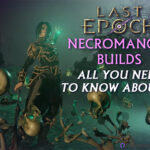Combat plays a crucial role in Reverse: 1999, and you’ll need to understand it thoroughly to tackle the challenging mechanics of the game. So, let’s get started!
Understanding the Card Combat System and Moxy
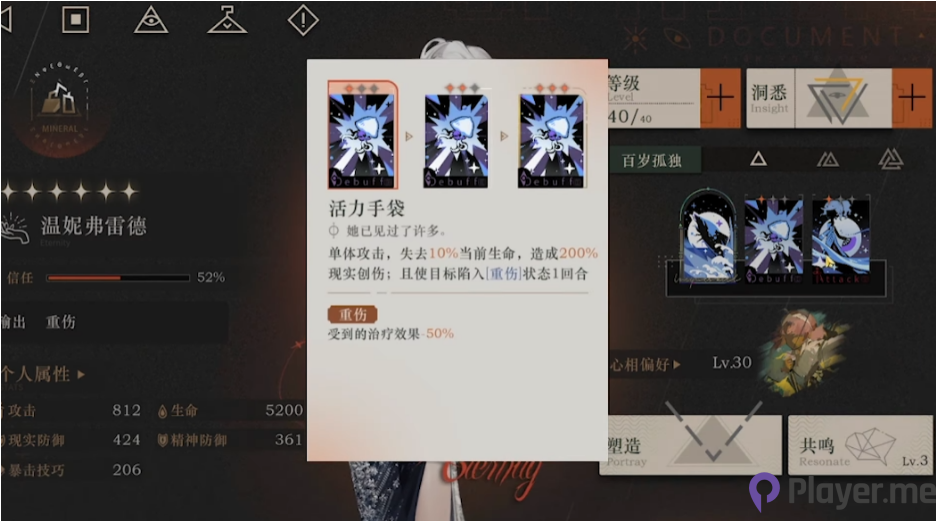
Reverse: 1999 offers a classic turn-based RPG experience but with a unique twist – cards. Each character comes equipped with a set of three cards: Two normal ones and one ultimate.
1. Normal Cards
The normal cards can be attacks, debuffs, or buffs, and their power can increase up to a maximum of three. To enhance a card’s power, you can fuse it with a copy of the same card at the same level or use a tuning card, but more on that later.
2. Ultimate Cards
The ultimate card only becomes available when your character accumulates five moxies, represented by the little dot under the character’s HP. Moxies increase by moving, fusing, or using the character’s cards.
Understanding Damage Types in Reverse: 1999
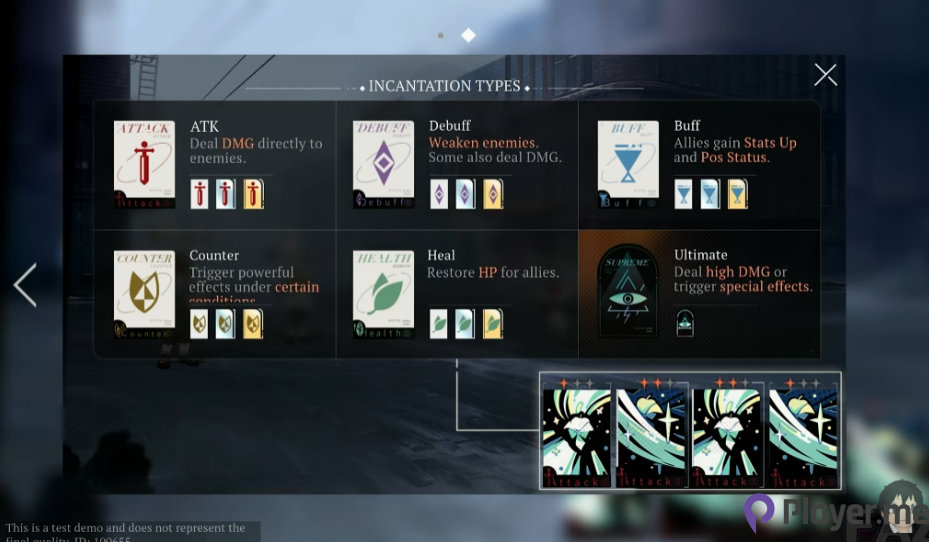
In Reverse: 1999, combat damage is categorised into three types: Reality (Physical), Mental (Magical), and Genesis (True damage).
Characters mainly fall into two camps: those who deal physical damage and those who use magical powers. Genesis is a special type of damage tied to specific abilities, and it’s all about dealing true damage without any frills. Keep these in mind as you navigate the game’s battles!
Related: Ultimate Reverse 1999 Reroll: Your Quick Guide for Mobile and Emulator
Mastering Afflatus in Reverse: 1999 Combat
Understanding the Key Element for Victory
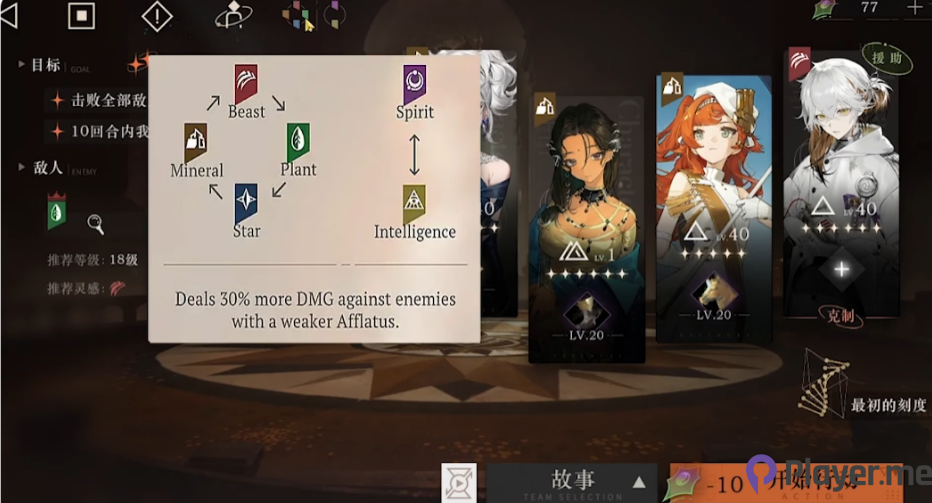
In Reverse: 1999, Afflatus holds immense significance, acting as a decisive factor in late-game battles. Each character possesses one of six Afflatuses, visible in the character information menu. These Afflatuses interact with each other, creating a strategic dynamic. A handy table illustrates their strengths and weaknesses:
| Afflatus | Strong Against | Weak Against |
| Beast | Plant | Mineral |
| Plant | Star | Beast |
| Star | Mineral | Plant |
| Mineral | Beast | Star |
| Spirit | Intellect | Intellect |
| Intellect | Spirit | Spirit |
Enemy Afflatus and Strategic Choices
Before combat, scout the enemy Afflatus on the left side of the screen. Bosses are marked with a crown icon. While the game suggests a recommended Afflatus, it may not always be optimal. Tailor your strategy by considering a DPS character strong against the boss’s Afflatus or one effective against the majority of enemies. In diverse scenarios, where no specific recommendation is given, use key principles like strategic character placement and considering the enemy lineup to make informed decisions in one-on-one battles.
Tuning Skills
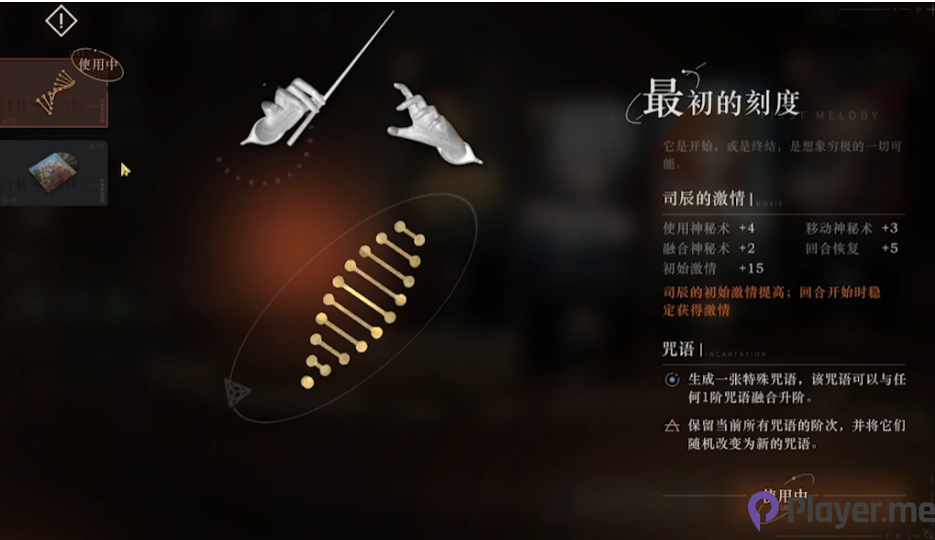
Tuning in the Reverse: 1999 refers to special tools that enhance your combat abilities. These tools gain power as you perform actions in the game and offer bonuses when used. There are two types of tuning options:
1) Initial Tuning:
- This is the tuning you start with.
- It generates special cards that can combine with any level one card.
2) Second Tuning (Unlocked after Tutorial Missions):
- Unlocked after completing tutorial missions.
- Allows you to move cards for free.
- Generates special cards that can fuse with both level one and level two cards.
On the main screen, you can see the currently equipped tuning at the bottom right. These tunings play a crucial role in enhancing your combat capabilities by providing unique benefits based on your in-game actions.
Understanding the Key Elements of Battleground
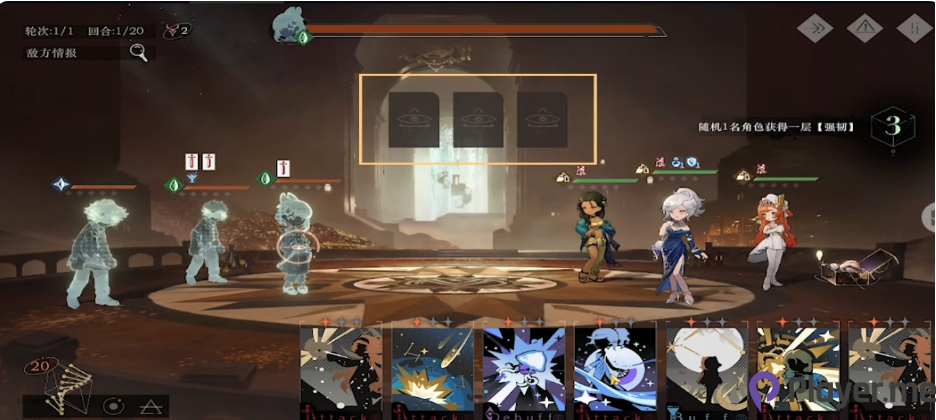
When you enter the battleground for the first time in an RPG card game like Reverse: 1999, you might find it difficult to grasp its complex structure. That’s why we’ve simplified things for you. You can use the picture above to get help in understanding each element on the screen during battle.
Team Composition
Before entering combat, you have the opportunity to select your team. Each character’s kit and elemental attributes are displayed near their portrait, making it easy to check their strengths and weaknesses. You can also find team suggestions by reviewing other players’ clears.
Character Slots
Your party consists of four slots: three active members and one support character who is ready to replace the first fallen unit.
Enemy Details
By clicking on the magnifying icon, you can access detailed information about your enemies, including their cards and statistics.
Player’s Card Hand
At the bottom right of the screen, you’ll find your card hand, which contains six randomly selected cards and a duplicate of the rightmost one.
Equipped Tuning Set and Points
On the bottom left, you can see your currently equipped tuning set and the point counter.
Action Points and Card Slots
In the middle of the screen, your action points are represented as card slots, indicating the available number of moves and card uses. Notably, natural fusion and tuning bonuses do not consume these slots, and the total action points can vary based on different factors.
Combat Configuration
Typically, standard combat involves three action points. However, in specific encounters such as boss fights, all four party members may be on the field, providing four slots.
Note on Party Member Replacement
It’s essential to keep in mind that when a party member dies without a replacement, it consumes one card slot. This factor should be considered in your strategic planning.
Related: Our Definitive Tier List of Reverse 1999’s Best Characters
Reverse: 1999 Essential Tips for Battle Ground Success
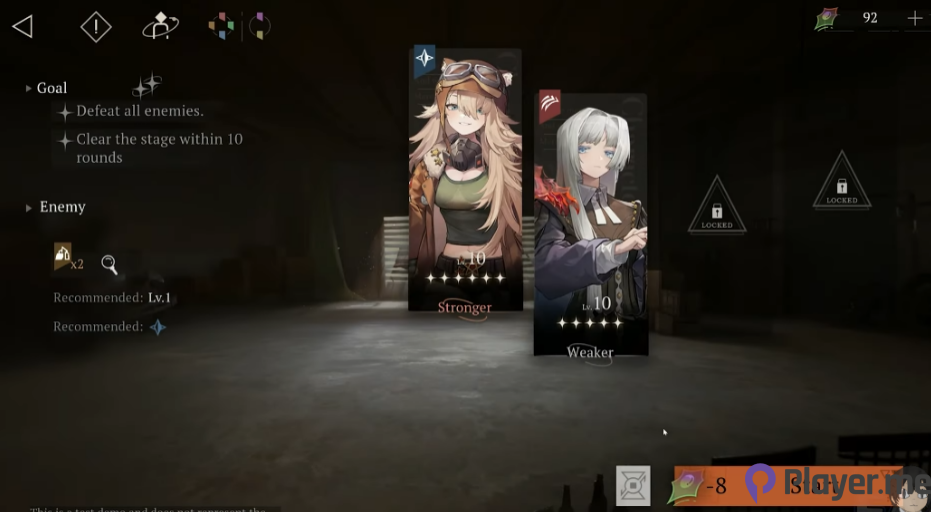
1. Clever Hero Placement
In Reverse: 1999, where you position your heroes is super important. Put strong ones on the right for faster skill charging. Let the lefties handle the initial hits. When things get tough, unleash powerful star skills from the right for big damage.
2. Ace Card Strategy
How you handle skill cards matters a lot. Since draws are random, use the cards you get each round. Pick cards that boost Synthesis to level up skills and improve performance. Don’t waste cards; Plan your moves to make the most of every resource.
3. Master Ultimate Skills
Every hero has an amazing ultimate move. Time it right, and you can turn the battle around. Just remember, using the ultimate skill resets the Passion value, so choose the perfect moment like a pro.
4. Power Up with Buffs and Debuffs
Moves that buff or debuff can make a big difference. Pair heroes with skills that work well together – like a debuff that lowers enemy defence and a buff that increases your team’s damage. Use them wisely, and you’ll gain a significant advantage.
5. Bring in a Healer or Shielder
When things get challenging, having a healer or shielder is crucial. Healers fix up your team, and shielders absorb hits. Increase your chances by choosing a hero with healing or shielding skills.
Reverse: 1999 Is Not Just Your Ordinary Card Game!
Overall, the game’s combat may initially feel straightforward, particularly with the three-action-point system. However, as you progress through the game, it will gradually become more intricate and complex, introducing additional mechanics. Events in the game will contribute to adding more nuances to the mechanics, along with the introduction of new characters.
Frequently Asked Questions
How Do I Use Affinity in Battles?
Match a strong element against the enemy’s weak one for more damage. Do the opposite, and you’ll take more hits.
How Do I Involve Sub-Characters in Fights?
If you lose a teammate, sub-characters step in to keep your card options. They’re handy for longer battles.
How Do I Strengthen My Cards in a Fight?
Combine cards smartly to boost buffs, debuffs, and other skills. It gives you a tactical edge.
Author Profile
Latest entries
 GAMING2024.06.12Top 4 Female Tekken 8 Fighters to Obliterate Your Opponents in Style!
GAMING2024.06.12Top 4 Female Tekken 8 Fighters to Obliterate Your Opponents in Style! NEWS2024.03.18Elon Musk’s SpaceX Ventures into National Security to Empower Spy Satellite Network for U.S.
NEWS2024.03.18Elon Musk’s SpaceX Ventures into National Security to Empower Spy Satellite Network for U.S. GAMING2024.03.17PS Plus: 7 New Games for March and Beyond
GAMING2024.03.17PS Plus: 7 New Games for March and Beyond GAMING2024.03.17Last Epoch Necromancer Builds: All You Need To Know About It
GAMING2024.03.17Last Epoch Necromancer Builds: All You Need To Know About It

